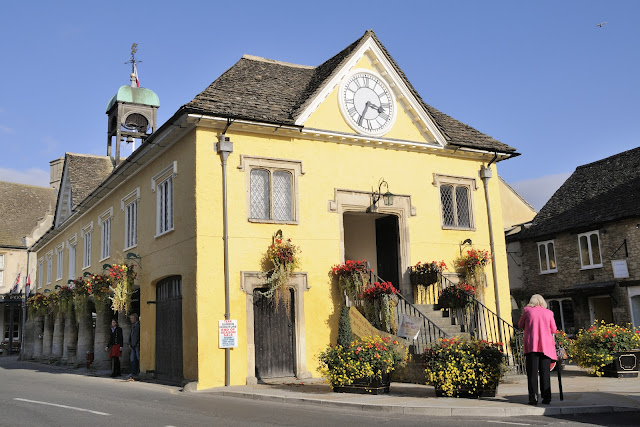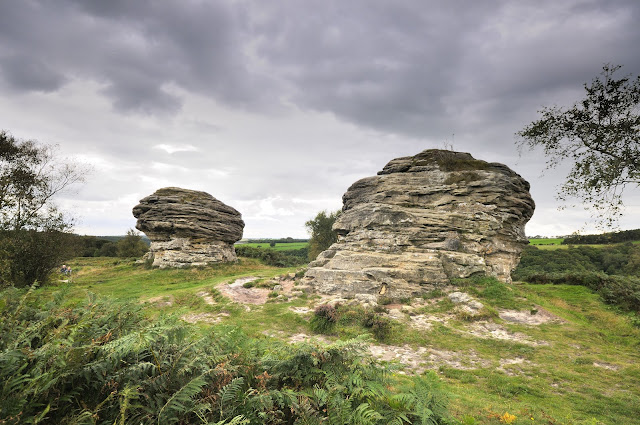It must be Autumn in 2010

Autumn is a beautiful time of year despite the imminent threat of Winter round the corner. Some years we have masses of colour, but in others, the leaves are off the trees before we can appreciate them. Here are a few images taken in 2010, and mostly in close proximity to where we live, starting with some leaves. Leaves still on the trees, and below are some that are on the ground. Steps This is the time of year that we see the most fungi, although they can be spotted at varying times in the year. The reasonably common Fly Agaric (Aminita muscaria) Another common one, the Shaggy Parasol (Macrolepiota procera) Perhaps we don't see these quite as much, the Crested Coral (Clavulina coralloides) The Brett with reflections of the autumnal colours. Mist - beautiful, but a hazard if you are on the road! More reflections on the Brett Drips of moisture on the Rose hips The local ch...



